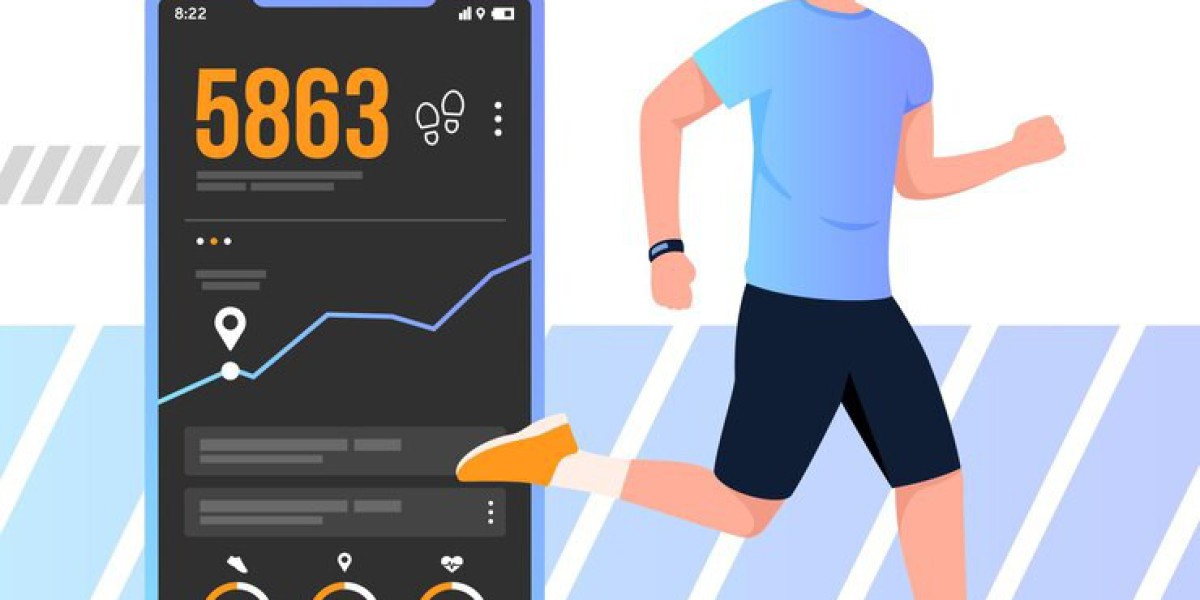The rise of digital fitness has transformed the way we exercise. Leading the charge is Peloton, a popular fitness app that combines live classes, on-demand workouts, and a vibrant community. But what does it take to create an app like Peloton? Let's explore the cost and features involved in developing a top-notch fitness app.
Key Features of a Fitness App
Live and On-Demand Classes
A core feature of any successful fitness app is the ability to stream live classes. Users can participate in real-time, making workouts more engaging and interactive. Additionally, offering a library of on-demand workouts allows users to exercise at their convenience, catering to different time zones and schedules.
User Profiles and Progress Tracking
User profiles are essential for personalizing the fitness experience. They should include details like fitness goals, past activities, and preferred workout styles. Progress tracking is another crucial feature, enabling users to monitor their achievements, set new goals, and stay motivated.
Leaderboards and Social Integration
To foster a sense of community, include leaderboards where users can see their rankings and achievements. Social integration features, like sharing workout milestones on social media or connecting with friends, enhance the app's social aspect and encourage user engagement.
Subscription and Payment Options
Monetization is a significant consideration in fitness app development. Offering various subscription plans, from free trials to premium memberships, can attract a broad user base. Secure payment gateways are essential for smooth transactions and user trust.
Cost Factors in Fitness App Development
Design and User Interface
A sleek and intuitive design is crucial for user retention. The cost of designing a fitness app can vary based on the complexity and number of screens. Custom animations, high-quality graphics, and user-friendly navigation are essential elements that require investment.
Backend Development and Server Costs
The backend infrastructure supports data storage, user management, and real-time content delivery. Developing a robust backend involves costs related to cloud services, server maintenance, and security measures. The complexity of these components can significantly impact the overall development cost.
Integrations and APIs
Fitness apps often require integration with wearable devices and third-party fitness trackers. These integrations enable features like heart rate monitoring, calorie tracking, and more. Implementing APIs and ensuring compatibility with various devices add to the development expenses.
Testing and Quality Assurance
Testing is a critical phase in app development. It ensures the app functions smoothly across different devices and operating systems. Quality assurance involves rigorous testing, bug fixing, and performance optimization. These processes are vital for delivering a seamless user experience.
Estimated Costs and Development Time
The cost of developing a fitness app like Peloton can range from $50,000 to $200,000, depending on the features and complexity. A basic app with essential features may take 4-6 months to develop, while a more complex app with advanced functionalities could take 9-12 months.
Conclusion
Developing a fitness app like Peloton requires a strategic approach, focusing on user engagement, seamless functionality, and robust infrastructure. By understanding the key features and cost factors, businesses can create a competitive app that stands out in the digital fitness market. Whether you're a startup or an established brand, investing in a well-designed fitness app can unlock new revenue streams and offer users a unique workout experience.



